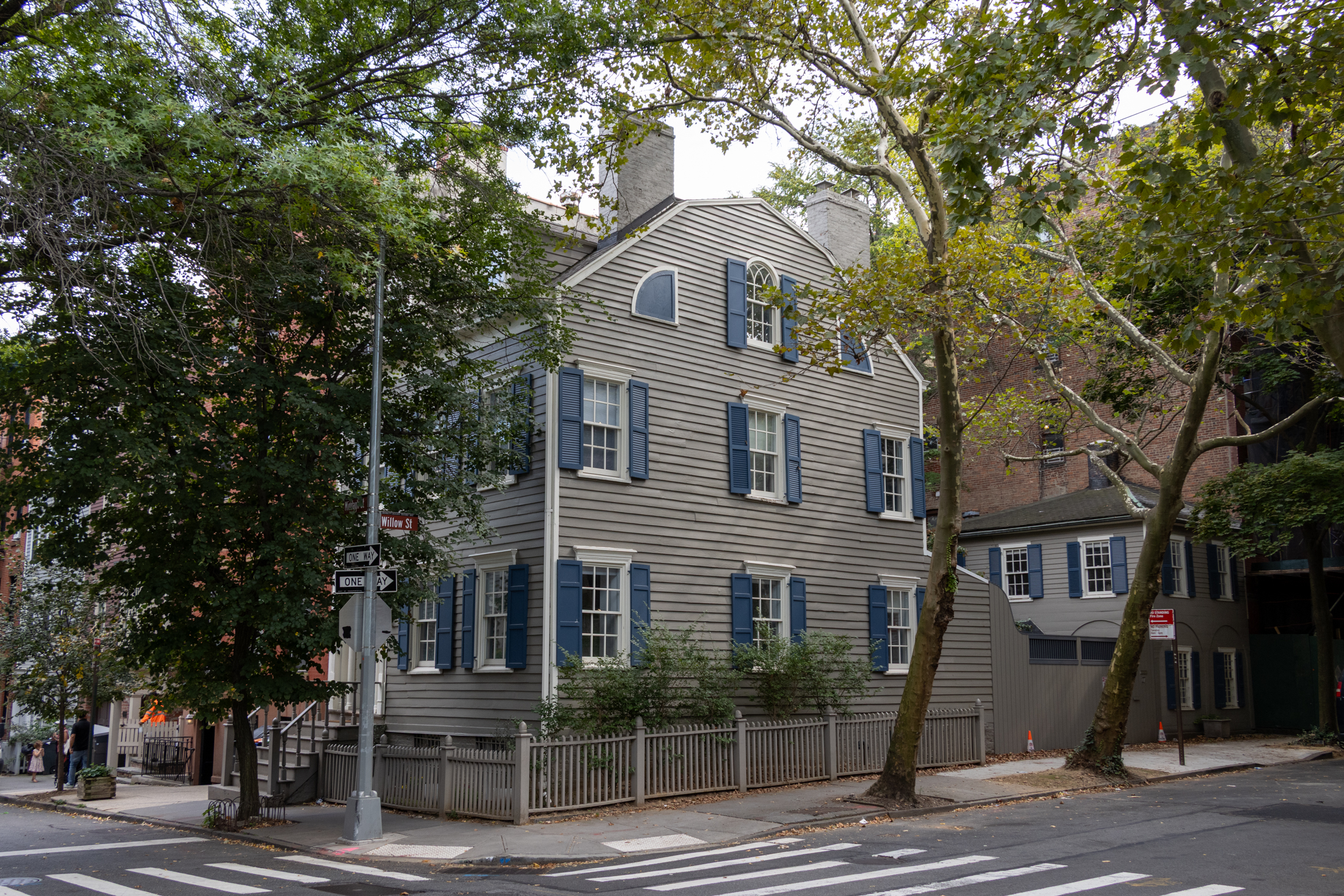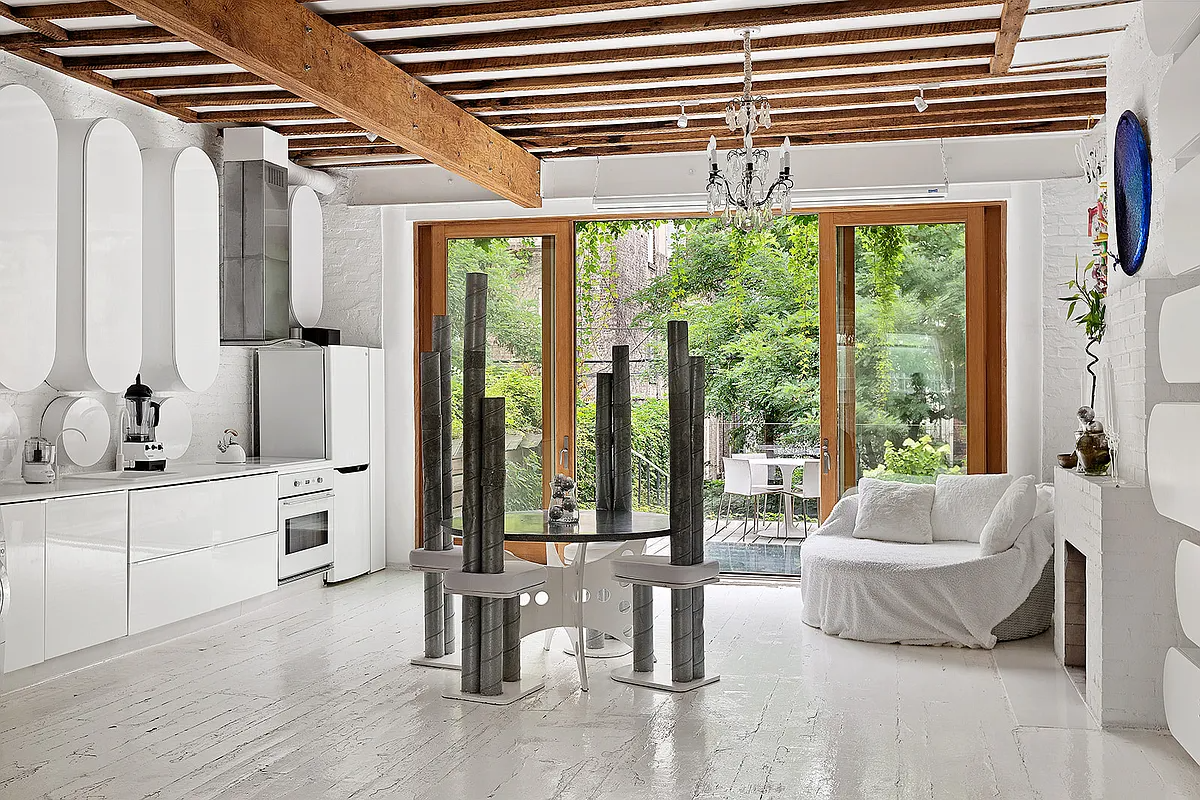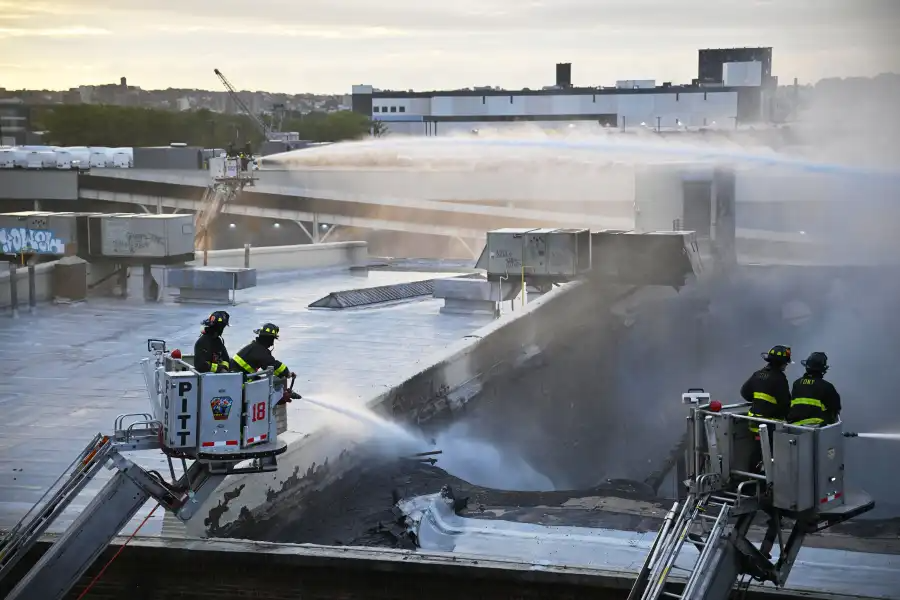Off-Site Affordable Housing Moving Along on Quincy
Under inclusionary zoning codes, a developer putting up a big market-rate tower in downtown Brooklyn can put up an even bigger market-rate tower if he agrees to build some affordable housing. The kicker is that he doesn’t even have to include the affordable portion on site: He can stick the affordable units in a cheaper…


Under inclusionary zoning codes, a developer putting up a big market-rate tower in downtown Brooklyn can put up an even bigger market-rate tower if he agrees to build some affordable housing. The kicker is that he doesn’t even have to include the affordable portion on site: He can stick the affordable units in a cheaper part of town and still earn the market-rate bonus. Which is how 15 Quincy Street came to be. Instead of including the 48 affordable units in its 40-story tower at Myrtle and Prince, BFC Partners is putting them on Quincy across the street from the Salvation Army. Do you think developers who benefit from inclusionary housing should be able to build the affordable portion off-site?
Development Question on Quincy [Brownstoner] GMAP P*Shark DOB
PACC Keeps Busy, Breaks Ground on Quincy [Brownstoner]
Two Towers, One On, One Half Off (Site) [Downtown Star]





I have very mixed feelings about this. One the one hand, I’m glad the housing is being built, and building on Quincy beats building out in the boonies, like near Gateway Plaza Mall. So, partially, they are at least building affordable units in communities that will eventually be more mixed income, and are also accessible to jobs and transportation into Manhattan.
I am not going to jump up and down and say “good program” like Jonz, however, because I agree that building mixed income neighborhoods in the first place is the best way to go. I do not agree that mixing the “poor” in makes for an eventual poor building. As I have said so many times, it should type itself, between the rich and the very poor are all of the people and the jobs that make this city run. As SPer says – like secretaries and token clerks, among thousands of other occupations. These people have the same goals and asperations for their living conditions as wealthier people do.
I stayed with a friend in London for a time, and I have to keep coming back to their example as how I see a working economic mix in actual practice. In the now tony neighborhood of Notting Hill, whose history is very similar to Clinton Hill/Fort Greene, racially and economically, council houses and high end row houses are literally next door to each other. Both newly built housing developments, and older council flats stand across the street and next to rows of very expensive homes. Everything is kept up well, and it works. The council fees (property taxes) that the wealthier pay help the gov’t to pay for and subsidize the council houses. I’m sure there are plenty who resent that, but it makes a nice community where you can see all income levels on the streets, in the stores, and on the buses and trains. Why can’t that be engineered to happen here, when new construction is planned?
Get real, this is essentially a project and I’m really sorry to see it going up. Aren’t people in the neighborhood offended since two implications are that the nabe doesn’t have enough political clout to block this and that it’s the right place for it since it fits economically with those who already live there. I can tell you this would never get built in Park Slope.
CommonSense — really? Does having a secretary who earns 25K living in your building really threaten to turn it “poor”? How about that token clerk? Is she going to ruin your nabe? Poor communities are poor for a reason? Would you care to enlighten us on that “reason”?
I would say for shame, but I’m sure you haven’t any.
RE: 12:05 and 12:31
Agreed. I wonder if there would actually be less affordable housing units built if the developer was required to include them on site. The construction cost per unit would probably be higher…. but the units would share the same mechanical stuff so it may not be that much different.
I think the arguement that the second off site affordable housing building would improve the “poorer” communities and promote redevelopment is a fair one.
This is all coming to an end though. Most off-site affordable housing is built with 421a certificates. Now the Vito Lopez (the Boss Man with the Iron Fist) bill requires affordable housing to be built on site for the tax abatement. So, it’ll stop most low-income development outside the exclusion areas.
Putting rich and poor together in the same building will only result in what eventually becomes a “poor” building. For all these marxists post on rich and poor, I don’t see any of you moving to Brownsville or ENY? Maybe it’s becuase poor communites are poor for a reason.
“but it segregates the rich and the poor. I think it’s important to put these together in the same building.”
Nice idealism. Wrong city, and country for that thought.
It encourages the development of affordable housing and makes it more financially feasable where otherwise no affordable housing at all would be built. A great program.
but it segregates the rich and the poor. I think it’s important to put these together in the same building.
are there any larger renderings of 15 quincy?